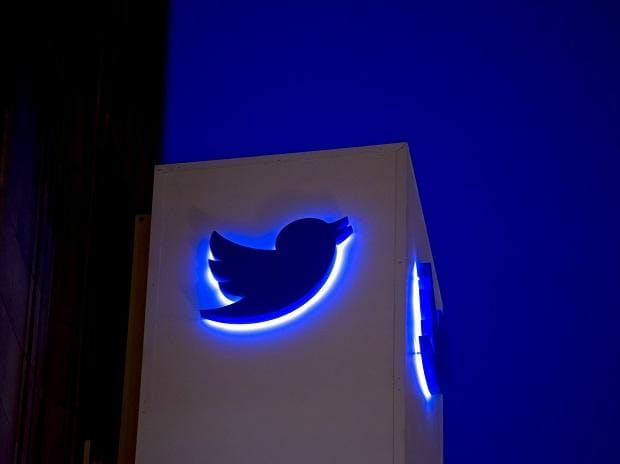Much has been written about the verification process on Twitter which allots “blue ticks” to certain users. With the takeover of Twitter by Elon Musk, the process of assigning these ticks is set to change. These blue ticks offer credibility to the users, mitigating trolling, fake news, disinformation and spam while also becoming a social media status symbol.
Musk on Tuesday announced that users would have to buy these blue ticks for $8 per month. The new rule is expected to be rolled out by November 7. Currently, the accounts are verified based on the application and authenticity of the applicant.
According to Twitter’s official explanation, “Verification is currently used to establish authenticity of identities on Twitter. The verified badge helps users discover high-quality sources of information and trust that a legitimate source is authoring the account’s Tweets.”
However, besides reliability, Twitter blue ticks offer few tangible benefits.
Where did the blue ticks come from?
The origin of Twitter verification can be dated back to 2009. Twitter management reportedly started to receive several complaints from celebrities and other influential people about fake profiles being created in their names.
It decided to launch a beta version of Twitter verification in the same year.
“We do recognise an opportunity to improve Twitter user experience and clear up confusion beyond simply removing impersonation accounts once alerted. We’ll be experimenting with a beta preview of what we’re calling Verified Accounts this summer,” it said in an official statement.
“Verified Accounts will feature a special seal. The experiment will begin with public officials, public agencies, famous artists, athletes, and other well-known individuals at risk of impersonation. We hope to verify more accounts in the future but due to the resources required, verification will begin only with a small set,” it said in another statement, explaining the verification feature.
Since then, the process has evolved highly but has remained free. With the new changes, the blue ticks will only be given if the user pays for them. It will be taken away from the users who do not pay the monthly fees.
Verification on other social media platforms
After Twitter, almost all the other social media platforms introduced different ways of verification. Google+ introduced verification for “public figures, celebrities, and people who have been added to a large number of circles” in 2011.
Facebook started verifying accounts in 2012. But unlike Twitter, the process was not voluntary. The platform prompted the users it selected for verification to submit a government identification. It also gave the option to enter an “alternate name” to facilitate more visibility.
In 2018, Mark Zuckerberg said that the purchases of political ads would be required to verify their profiles. Also, the managers of pages on the platform would be required to get themselves verified.
In 2014, Instagram started the verification process after pop star Rihanna deactivated her account due to a fake profile.
“Today, we’re excited to announce verified badges for celebrities, athletes and brands, making it easier for you to connect with the authentic accounts you’re looking for. These badges will start rolling out over the coming days,” it announced.
In 2017, WhatsApp introduced a verification process for its business accounts. The verification is done based on the user’s phone number. It assigns a green tick to the phone numbers.
In 2021, Koo launched a yellow tick verification badge. The users could apply for verification by mailing their request to the technical team on a fixed email. In 2022, it launched a self-verification service where the users could verify themselves using a government ID.
Note:- (Not all news on the site expresses the point of view of the site, but we transmit this news automatically and translate it through programmatic technology on the site and not from a human editor. The content is auto-generated from a syndicated feed.))




Remarkable things here. I am very glad to see your
article. Thanks a lot and I am having a look ahead to touch you.
Will you kindly drop me a e-mail?
slot demo slot demo slot demo
I’m gone to say to my little brother, that he should also visit this webpage
on regular basis to obtain updated from latest information.
безопасная сделка аккаунтов https://marketplace-akkauntov-top.ru/
безопасная сделка аккаунтов магазин аккаунтов
купить аккаунт перепродажа аккаунтов
продажа аккаунтов маркетплейс аккаунтов
Social media account marketplace Database of Accounts for Sale
площадка для продажи аккаунтов https://akkaunt-magazin.online/
площадка для продажи аккаунтов https://akkaunty-optom.live/
маркетплейс аккаунтов online-akkaunty-magazin.xyz
покупка аккаунтов купить аккаунт
купить аккаунт kupit-akkaunt.online